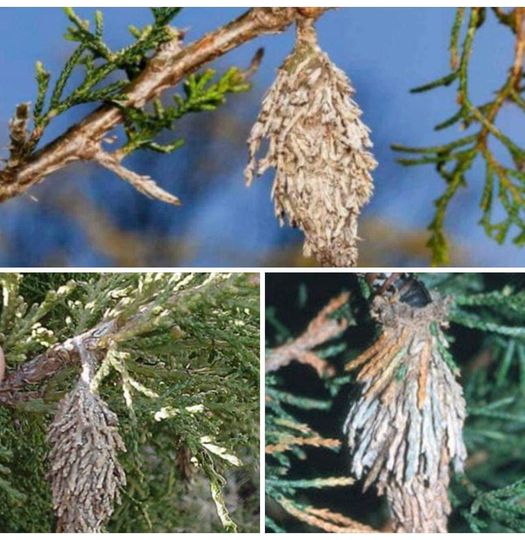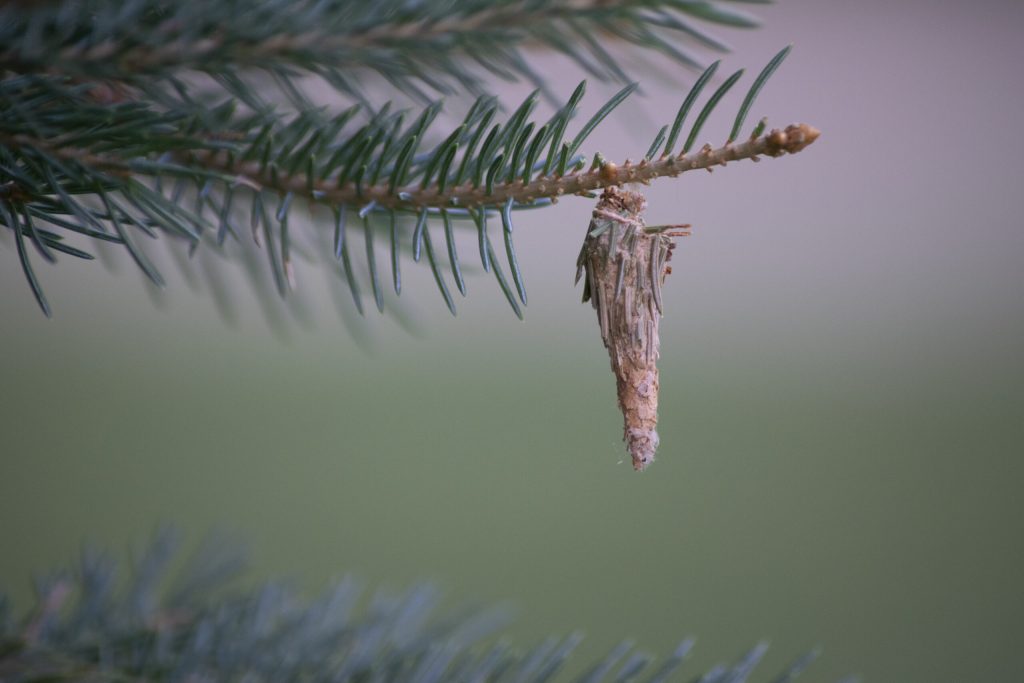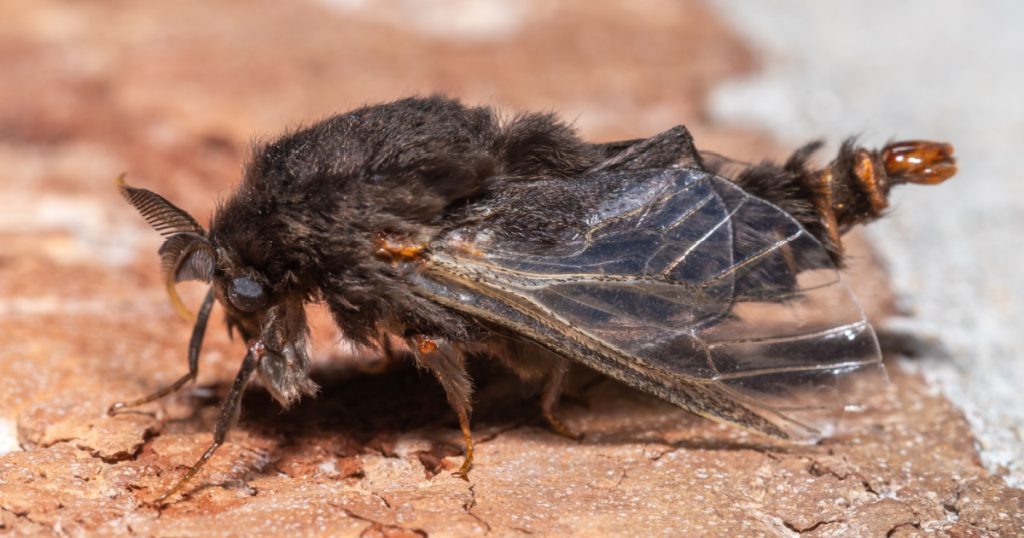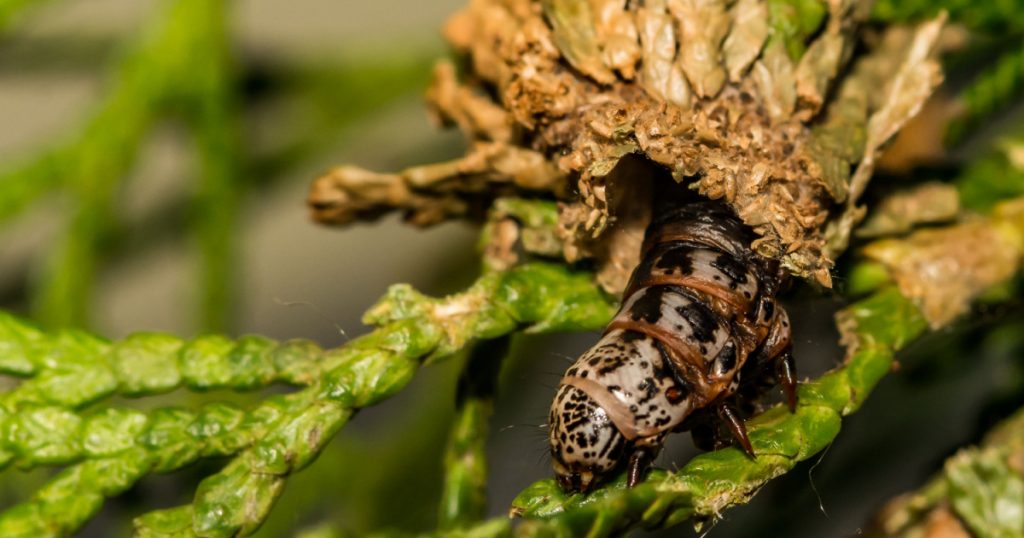If You See These Hanging from Your Tree, Here’s What You Need to Know

Have you ever noticed little cone-shaped sacs hanging from your tree branches? At first glance, they may look like pine cones or bits of dried foliage—but don’t be fooled. What you’re seeing could be a warning sign that your tree is under attack.
These strange-looking sacs are actually the homes of bagworms, a species of moth with a surprisingly destructive habit.

What Are Bagworms, Really?
Despite their name, bagworms aren’t worms at all—they’re moths. These insects belong to a relatively small family with about 1,350 known species found all over the world.
What makes them unique is how they live. Bagworms spend nearly their entire lives inside self-made cases or “bags” built from silk and bits of the plants they feed on. As the larvae grow, so do their bags, making them blend in with the tree’s natural parts like leaves and twigs.
When Do They Appear?
Bagworm eggs typically hatch in late spring or early summer. The adult male moths will eventually leave their bags to seek out a mate, while the females stay inside their protective cases for life—even laying their eggs there.
These bags often go unnoticed because they resemble small cones or dead foliage, but don’t ignore them—they could be a red flag for a much bigger problem.

Why Bagworms Are a Serious Threat
Bagworms might look harmless, but they can cause major damage to trees if left unchecked. They feed on leaves and needles, stripping the tree of its ability to photosynthesize—this makes it harder for the tree to produce food and stay healthy.
Over time, an infested tree becomes weak, vulnerable to disease, other pests, and environmental stress. In severe cases, bagworm infestations can lead to the death of the tree.
Their favorite trees include:
- Cedar
- Arborvitae
- Juniper
- False cypress
But when these aren’t available, they’ll move on to others like fir, spruce, pine, sycamore, and even black locust.

How to Handle a Bagworm Infestation
There’s no one-size-fits-all approach, but here are a few effective methods to manage or eliminate bagworms:
🧤 Manual Removal
For smaller trees or limited infestations, simply picking the bags off by hand and disposing of them works well—especially during fall and winter before the eggs hatch.
✂️ Pruning & Destroying
If the infestation is widespread, prune the affected branches and make sure to destroy them properly. Also check nearby fences and plants where bags might be hiding.
🐦 Attract Natural Predators
Birds like woodpeckers and parasitic wasps love to feast on bagworms. Creating a bird-friendly yard by adding feeders or nesting spots can help keep the population in check—no chemicals needed.
💧 Chemical Control (Last Resort)
If nothing else works, insecticides like acephate, cyfluthrin, or spinosad can be used. Just be cautious: apply on a calm, dry day to avoid drift and follow safety instructions carefully to minimize harm to beneficial insects and your environment.

Prevention Is the Best Cure
The best way to deal with bagworms is to stop them before they start. Here’s how:
- Inspect your trees regularly
- Space out tree plantings to reduce crowding
- Keep your yard well-maintained
- Monitor nearby plants and structures for signs of bags
Spot something hanging from your tree? Take a closer look—it might be time to act.
Share this article with your friends and family to help protect more trees from this hidden danger! 🌲🪰